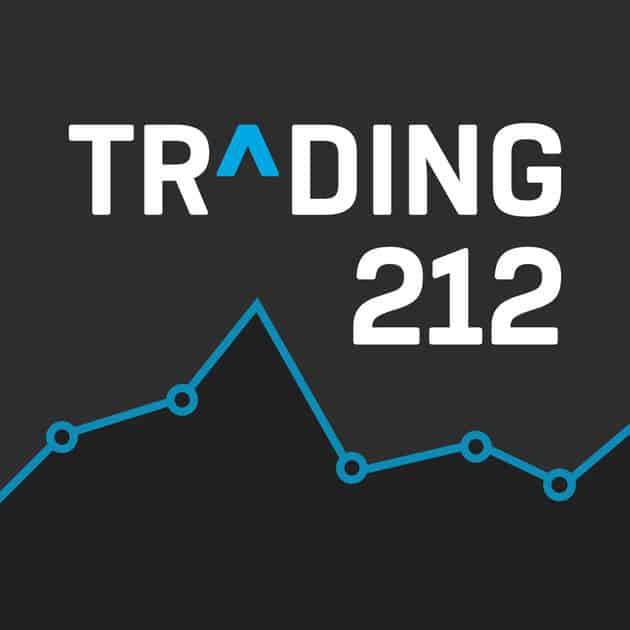Thinking about investing and not sure how much money you need? There’s no specific minimum amount to start investing, but here are some guidelines for some of the different types of investments.
If you want to buy individual stocks or shares, many brokers have no minimum amount, but some may recommend starting with a few hundred pounds to diversify your portfolio. However, you can start with just £1 if you’re investing through platforms like Trading 212, which allow you to buy fractional shares which are not full shares so cost less money.
Many platforms allow you to start investing in ETFs or mutual funds with as little as £1. Some funds might require a minimum of £50 to £100 for monthly contributions.
You can use an ISA for tax-efficient investing. The maximum amount you can invest in an ISA each tax year (April to April) is £20,000 (for the 2024/2025 tax year). There’s no minimum to invest in an ISA, but you typically need to invest at least £25-£50 per month for regular contributions.
Regular Contributions are the most effective strategy for long-term growth. This means investing a fixed amount of money regularly, such as monthly or quarterly, regardless of the market’s performance. For example, you might decide to invest £100 each month into an index fund or a group of stocks. This approach reduces the impact of market volatility and can help mitigate the risk of trying to time the market. Have a look at your budget and think about the amount you are comfortable putting away and not touching for a good few years at least, the longer the better. Depending on your commitments that could be £25 per month, or a few hundred pounds.
Alternatively, you could invest a larger lump sum if you have extra savings and want to put them to good use if not needed elsewhere. However, regular investing over time is often recommended for beginners because it helps avoid emotional decisions and gives you time to understand how the market moves. The longer your money is invested the better. This is due to the power of compounding, where your investment earns returns on both the original investment and the gains. Compound interest can be very powerful over time. For example, if you invest £200 per month for 20 years in a fund that returns an average of 7% per year, you could end up with around £106,000, even though you only invested £48,000 (£200 x 12 months x 20 years). The extra growth comes from the compounded returns.
Another factor to consider with investments is Interest and Dividends: Some investments, like stocks or bonds, pay dividends or interest. Reinvesting these dividends can boost your returns over time, as they’re working for you in addition to your original investment.
Markets can fluctuate in the short term, but over long periods e.g., 10+ years, the stock market has historically shown a positive return, averaging about 7-8% annually (after inflation). So, even though there may be periods of downturns, patience and long-term investing have often been key to successful investment strategies.
Here is an example of starting with £100 per month at an average annual return of 7% (a reasonable estimate for long-term stock market returns).
The key takeaway here is that starting early, even with small amounts, gives you more time to benefit from compounding.

Get a FREE fractional share with Trading212
Use promo code: MITM (works within the first 10 days of signing up)
Fractional share worth up to £100. Capital at risk. Terms apply

Get a Welcome Bonus of up to £50 when you invest at least £100 with InvestEngine

Consolidate your Pensions with PensionBee
Keep your pensions all in one place with this simple to use Pension service.
Manage your money better with MoneyMonitor
I personally built this website to allow me to bin my spreadsheets in favour of something a little easier to use. It’s completely free of charge.